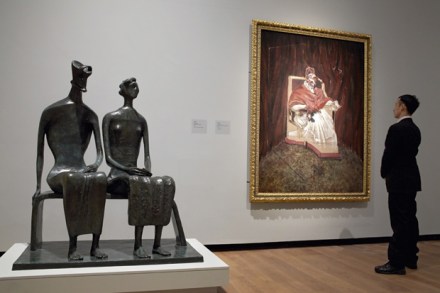A Yorkshire Christmas Eve | 12 December 2013
His nearby town wore annual evening-dress, cheap jewellery of lights, white fur and bright drapes of Santa red which might impress late shoppers on this final trading-night, persuading them to spend their all before indifferent time slammed shut the last shop door. He heard hyena voices and he saw splashed vomit on the pavement as he left, saddened by this evidence of more contempt of what was once the numinous. He headed for the moors and his small house. Later on, as he prepared for bed, he could not rid himself of melancholy: the world had changed, Christmas seemed stone-dead or turned into a tasteless parody of what was thrilling


















